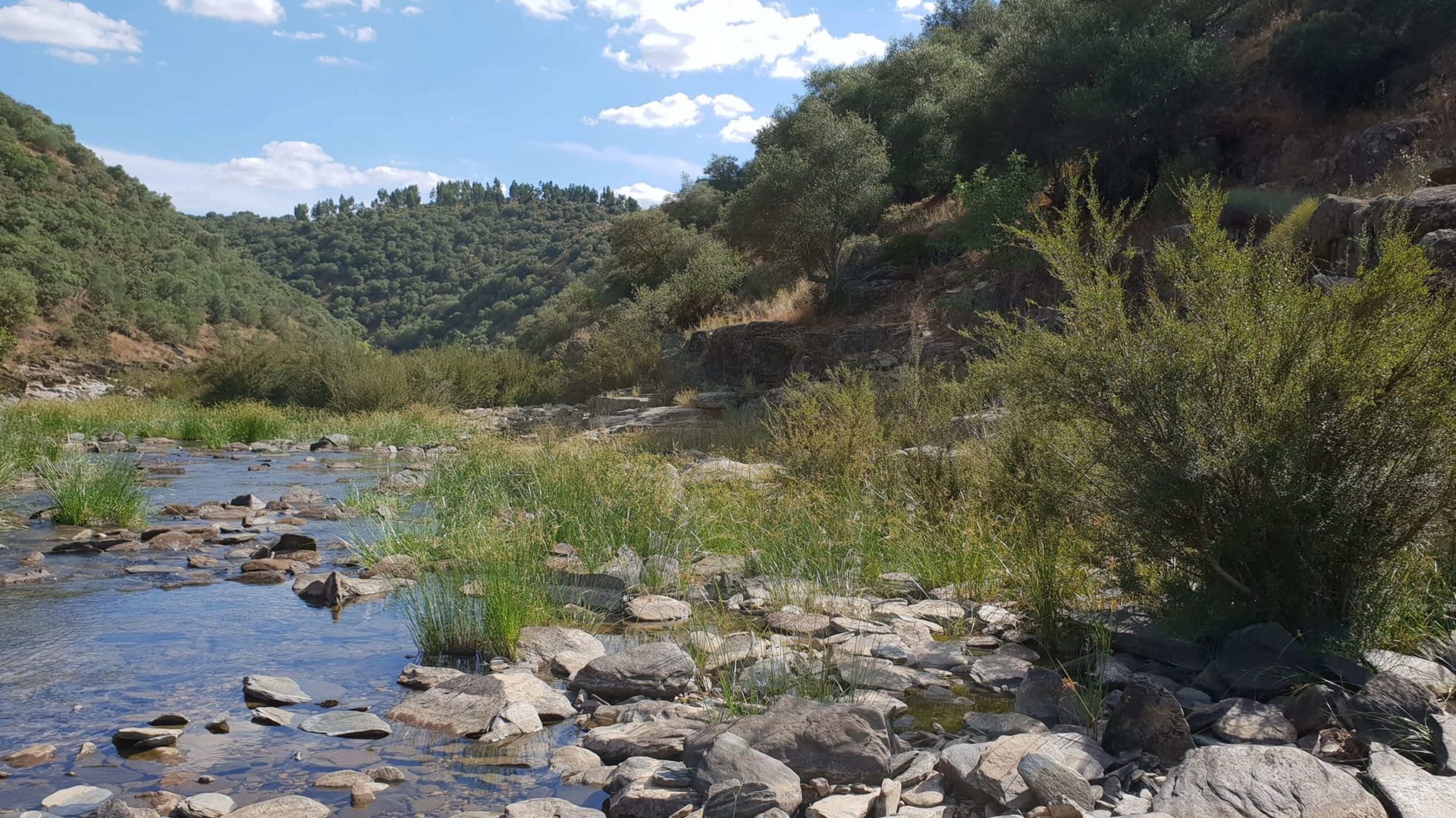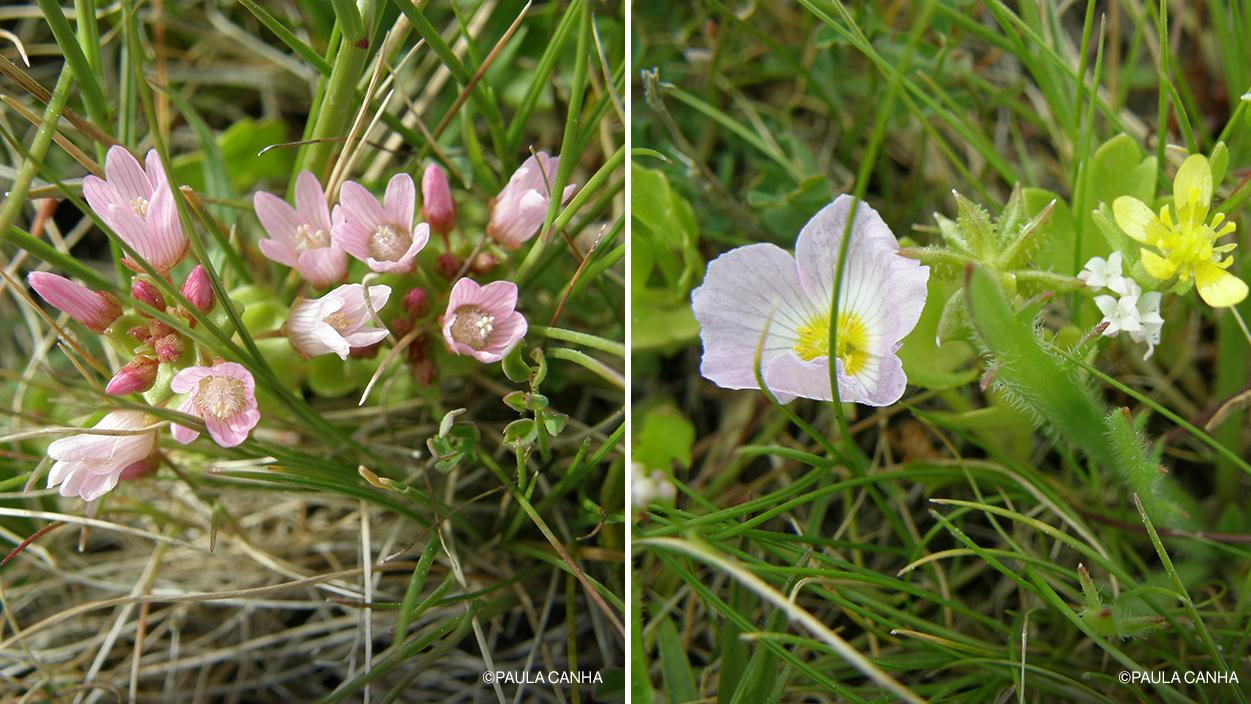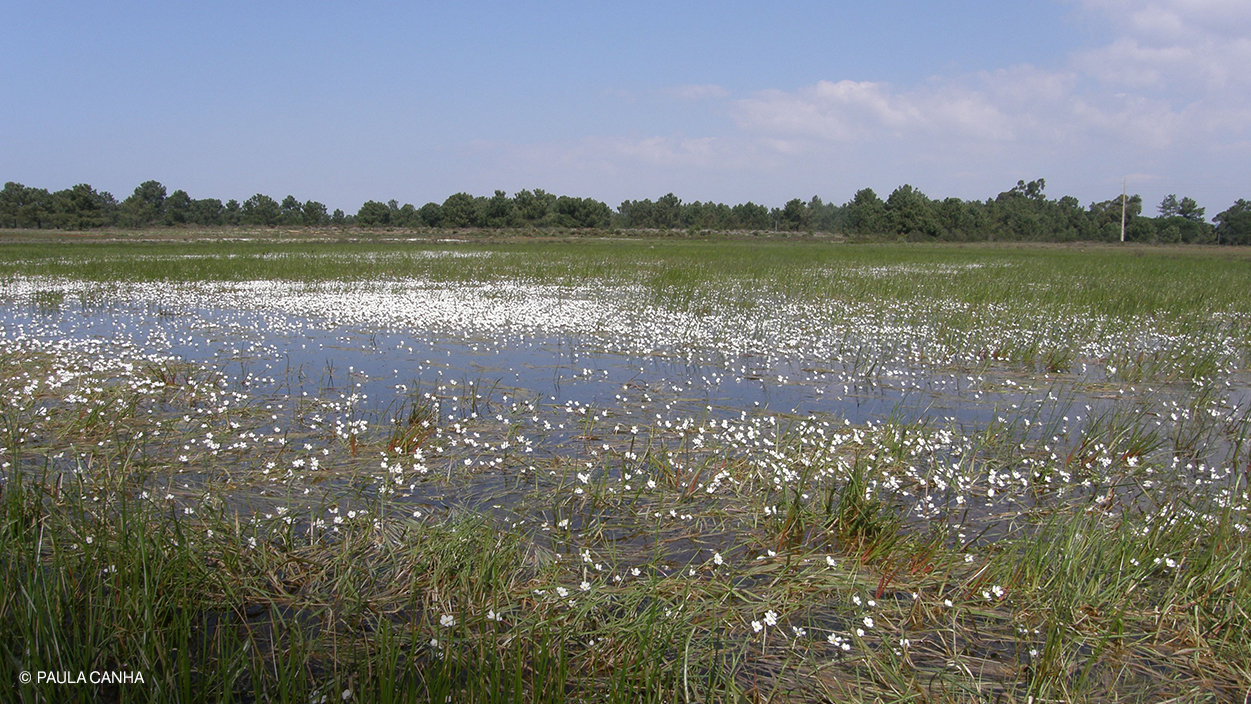If you spot pools of water in an unusual place, in dry or sandy areas for example, it is likely to be a temporary pond. Although water is an ephemeral presence, it is vital to maintain Mediterranean temporary ponds as valuable oases of biodiversity.
Mediterranean temporary ponds provide shelter for some unusual creatures and rare and endangered species that need to be understood and protected. However, recognition of their importance and the conservation of these valuable and ephemeral habitats have not always been priorities.
“The importance of these ponds has been underestimated,” says José Teixeira, a researcher at the Interdisciplinary Centre for Marine and Environmental Research (CIIMAR), at the University of Porto, and national coordinator of the Ponderful project, who points out that “research has shown that ponds play a key environmental role that is completely disproportionate to their small size”.
This same notion is also emphasised by biologist and teacher Paula Canha, who has a Master’s degree in Conservation Biology from the University of Évora and is passionate about this habitat which, at first sight, can be “not so appealing and easily ignored”. It is important to understand the “very special genetic heritage of these ponds, which contain living creatures that are able to withstand changing environmental circumstances and extreme conditions, making them superheroes”.
In fact, temporary ponds are home to more biodiversity than all other bodies of fresh water. In addition, they provide valuable environmental services, such as the management and supply of surface water, amongst others.
All ponds are important, whether they are in rocky, sandy, or grassy areas, but of the various types of temporary ponds, those that form part of the Natura 2000 Sectoral Plan — priority habitat 3170 – Mediterranean temporary ponds, under the Habitats Directive, are of particular importance. These ponds are rare biotopes, which are typical of regions with a Mediterranean climate that experience summer dry spells and times of great water shortages. They form in shallow depressions, are very dependent on rainfall and alternating periods of flooding and drought.
The flooding phase of these Mediterranean ponds lasts about four to five months (during winter and spring), which is longer than for other accumulations of rainwater. In addition, these temporary ponds function as a sort of “sponge”, absorbing water when there is too much of it and storing moisture in the soil, releasing it during the dry season.
In order to learn more about this high-priority habitat, the LIFE Charcos project, coordinated by the Liga para a Proteção da Natureza (the League for the Protection of Nature), took place between 2013 and 2018. As well as studying and monitoring these ponds and raising awareness of the importance of these invaluable natural habitats, this project has produced a Good Practice Manual for the Conservation of Mediterranean Temporary Ponds, which proposes sustainable management measures enabling the protection of these habitats to be reconciled alongside human activities.
In the Mediterranean temporary ponds located on the coastal plateaus of southwest Alentejo and the Vicentine coast, an inventory has been compiled of the typical flora and fauna species that have adapted to the specific features of this habitat. The presence of numerous plants of high conservation importance was noted. These include the fern Pilularia minuta and Caropsis verticillatoinundata, both classified as “vulnerable” according to the Red List of the Vascular Flora of Mainland Portugal. It was the same for the fauna species, and various endemic and rare species stand out. Worthy of special mention are the Triops vicentinus, considered “endangered” by the International Union for Conservation of Nature’s Red List, and the Lusitanian parsley frog (Pelodytes atlanticus), both endemic to southwestern Portugal.
The deterioration in water quality, the disappearance of plants typically found in these ponds, and the emergence of other anomalous plants (such as agricultural weeds or invasive plants like acacias) are all indicators of the degradation of temporary ponds.





